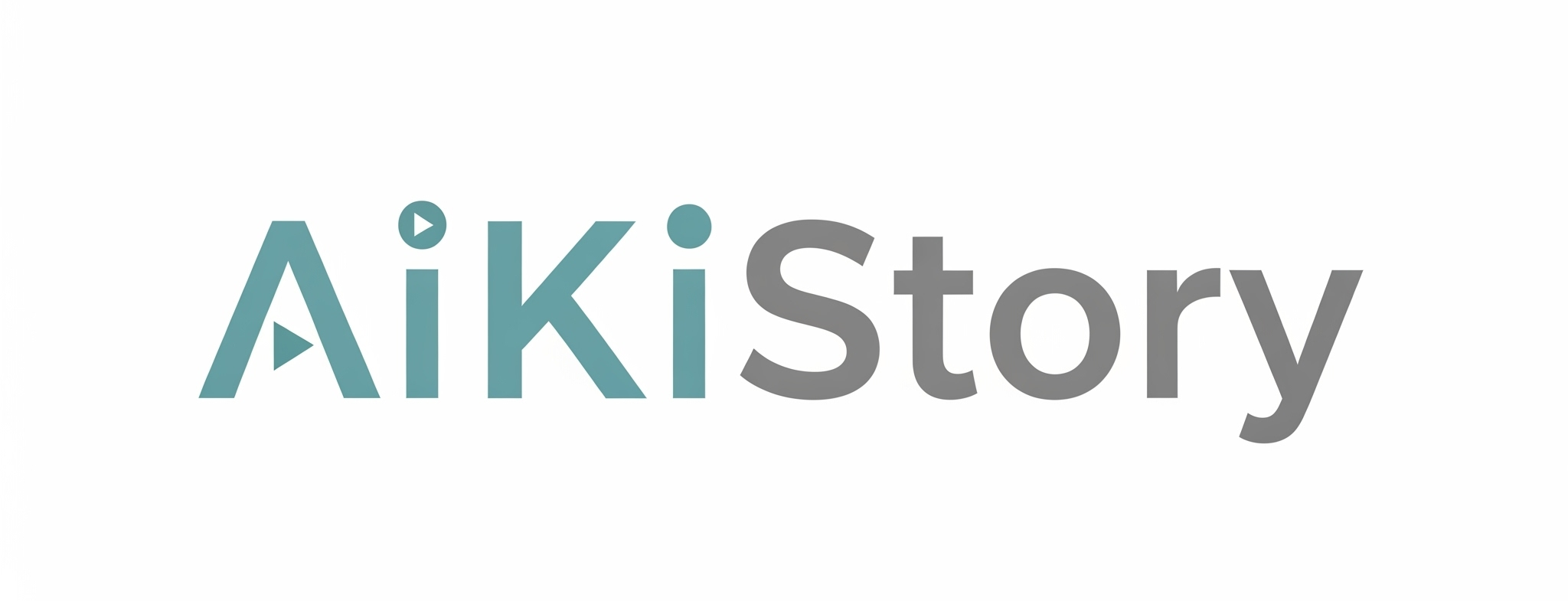Imaging calls for are rising, and well being programs are in search of methods to enhance each effectivity and productiveness to learn sufferers and radiologists alike. A technique they’re doing that’s by embracing AI.
With Aidoc’s AI options, radiologists get an intelligently reprioritized listing of research to assessment, making certain they’re studying probably the most important circumstances first.
This can assist with downstream enhancements, akin to:
- Immediate analysis and remedy
- Decreased size of keep
- Improved affected person satisfaction
- Higher outcomes
Aidoc’s Influence on Turnaround Time (TAT)
In the case of radiology TAT, time-to-read is a key issue, particularly for time-sensitive or important findings.
Listed here are a few of the successes Aidoc websites are seeing:
- College of Miami Well being System (UHealth)
UHealth skilled a 61.2% discount in median TAT (186.65 minutes) for constructive intracranial hemorrhage (ICH) sufferers.1 - Lahey Hospital and Medical Heart
At Lahey Hospital and Medical Heart, there was a 41% discount in TAT (23.4 minutes) for constructive acute pulmonary embolism (PE) sufferers.2 - Netherlands Most cancers Institute (NKI)
The crew at Netherlands Most cancers Institute (NKI) skilled a 98% discount in TAT 7,624 minutes) for constructive iPE sufferers.3 - College of Rochester Medical Heart (URMC)
URMC noticed a 44.7% discount in TAT (half-hour) for constructive ICH sufferers.4
Axel Wismuller, MD, Director of AI Radiology Laboratory, URMC, stated, “I began my profession in AI in radiology 25 years in the past and there was no strategy to deploy the developments that we’ve revealed in tutorial papers. Now… Aidoc has opened the window to carry all these tutorial advances into the sphere.”
Thinking about studying extra aout Aidoc’s analysis?
Obtain the compendium.
Citations
- Ayden, Dr., et al. “Engineering Structural Workflow Efficiencies within the Outpatient Imaging Heart: The Synthesis of Human Intervention (HI) and Synthetic Intelligence (AI) for Actionable Incidental Findings.” Oral Presentation, RSNA 2024
- Harrison Brendan. “Worklist Reprioritization Utilizing Synthetic Intelligence Improves Turnaround Instances of Chest CT Examinations Optimistic for Acute Pulmonary Embolism.” RSNA Annual Assembly 2021. Session ID: SDP-MS-2.
- Topff, Laurens, et al. “Synthetic Intelligence Software for Detection and Worklist Prioritization Reduces Time to Prognosis of Incidental Pulmonary Embolism at CT.” RSNA 2023 Scientific Meeting and Annual Assembly Abstracts, 2023.
- Stockmaster, L., et al. “The Impact of Synthetic Intelligence-Primarily based Intracranial Hemorrhage Detection on Examine Turnaround Time for Emergent Care Non-Distinction Head CT – A Potential Randomized Medical Trial.” RSNA 2019 Convention, Pittsford, NY, 2019. Poster Presentation.

